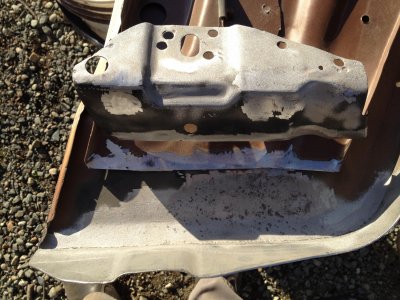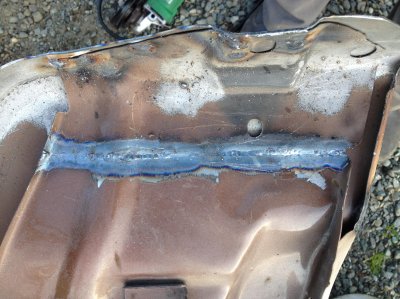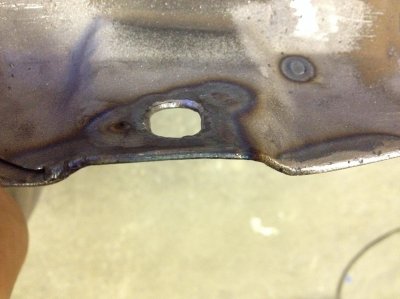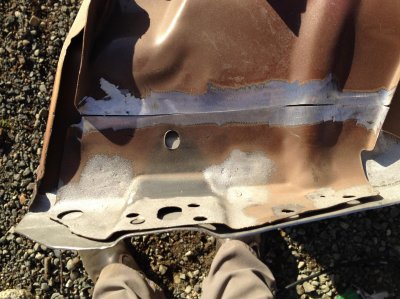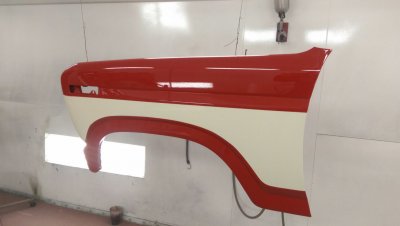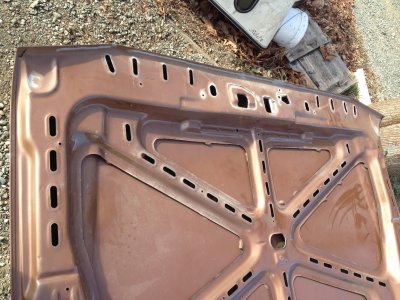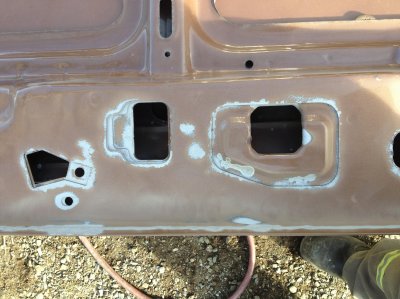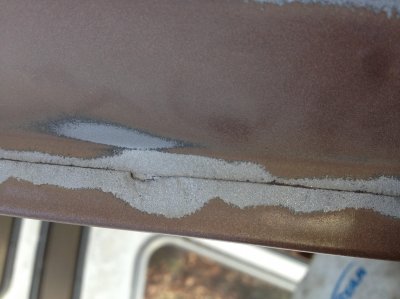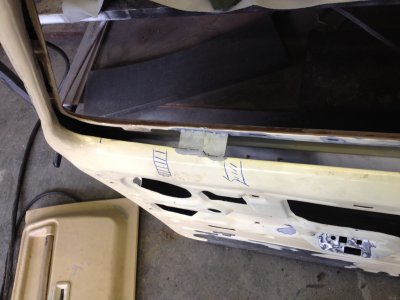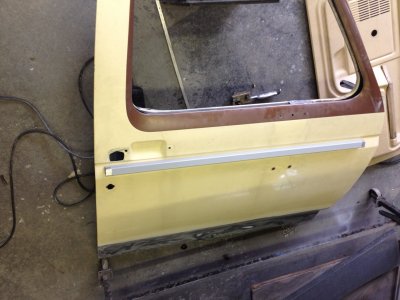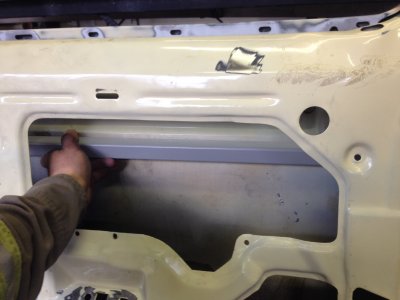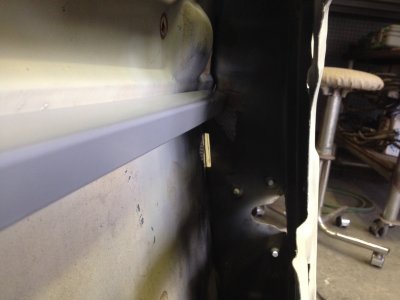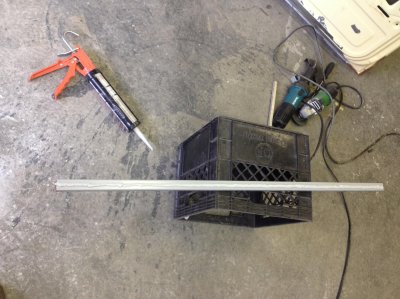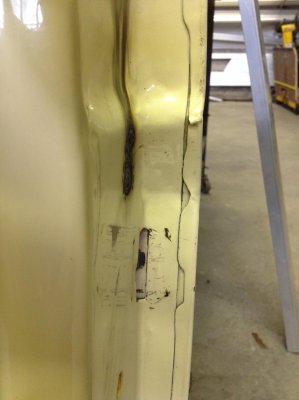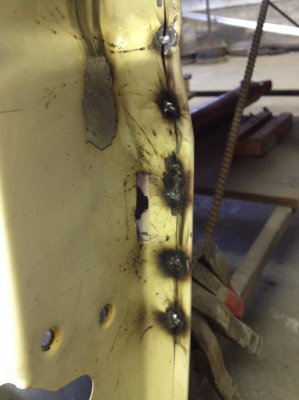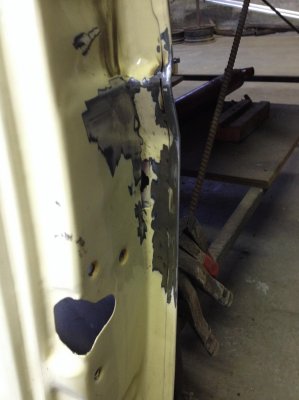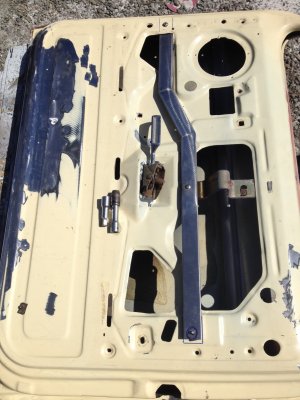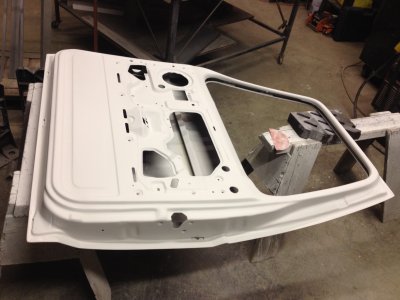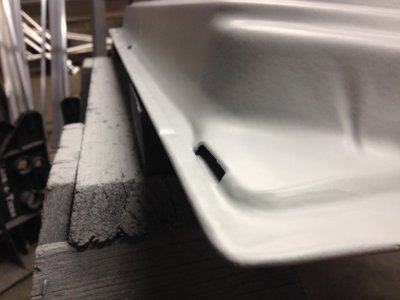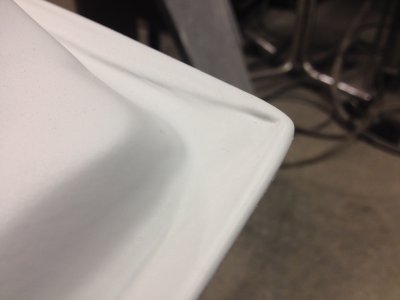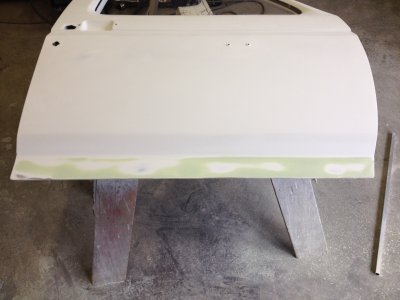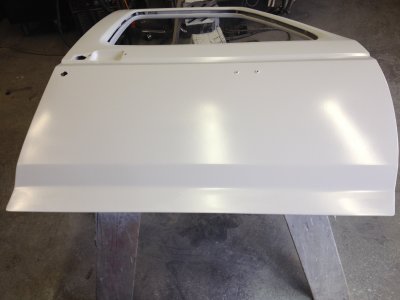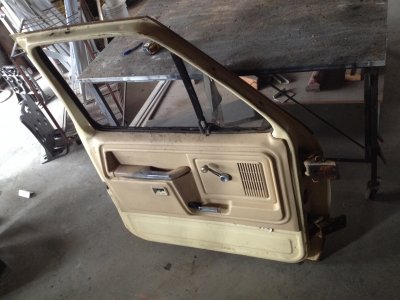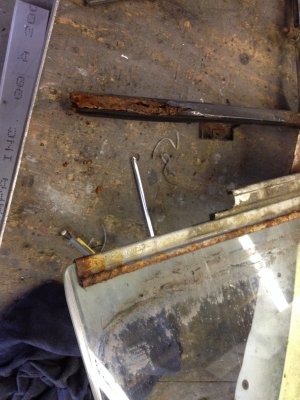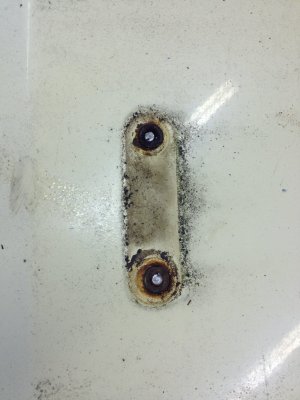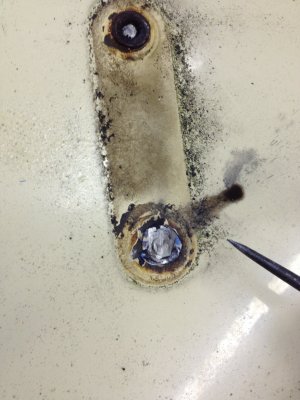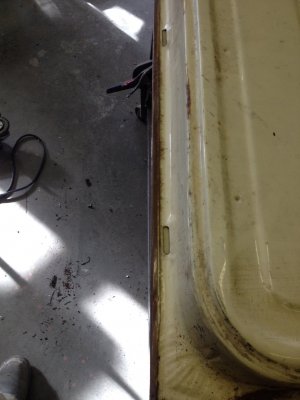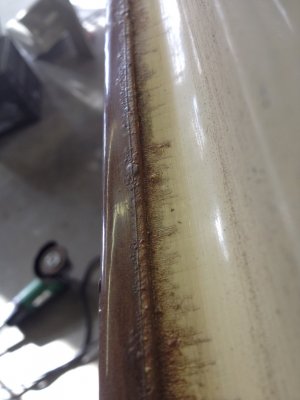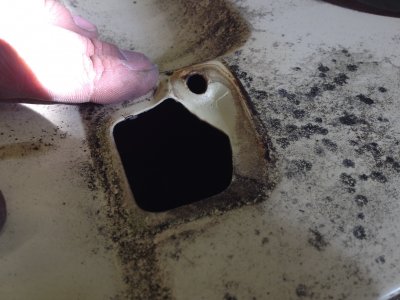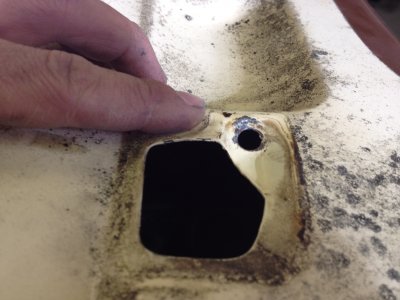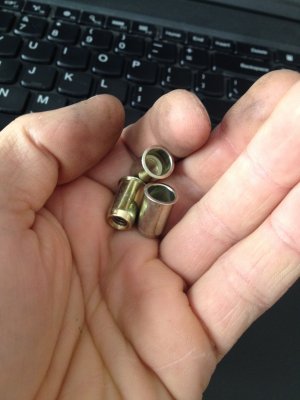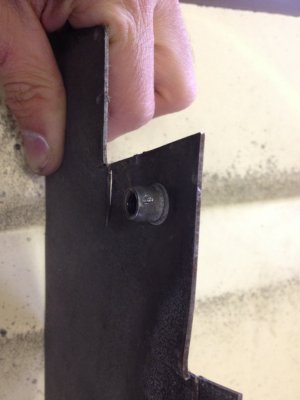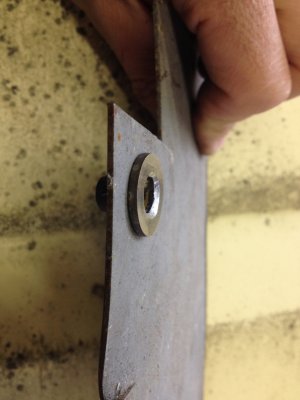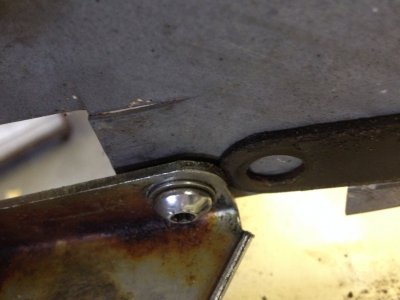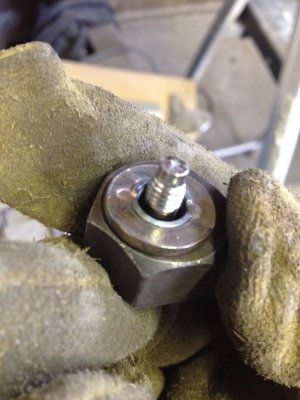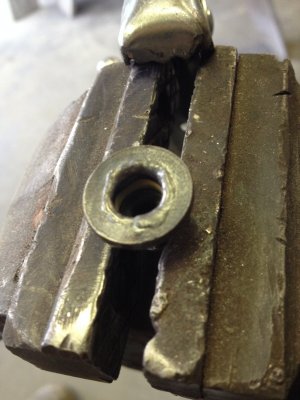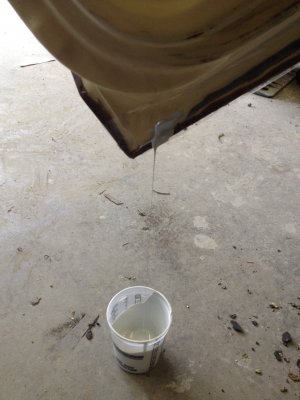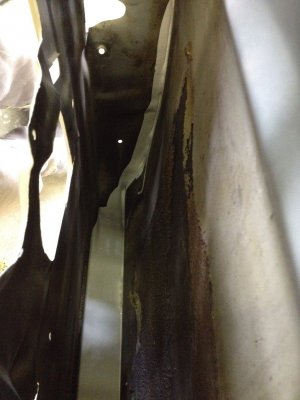david85
Full Access Member
Slow pass is what causes the film of slag to get thicker and more noticeable. You're right, the faster you can progress, the better. Slow progress across any steel I've welded resulted on more slag buildup (black surface). With aluminum I can wash over the same spot a few times (still not advisable, but more forgiving than ferrous), but not with steel. One pass is really all the chance you get. The second adds noticeable amounts of surface slag and can cause burning and porosity. The reason I avoided a fast, hot pass was the risk of a blow through if the edges failed to blend while progressing. Since I was dealing with dissimilar thicknesses, and some pitting on the inside of the original sheet (which magnified the difference in heat capacity), I wanted to avoid this, which is why I opted for a slower pass. The black slag simply polished off to reveal nice bright solid silver underneath. After all, this isn't pressure welding
I've never done a lap joint with a welded patch probably and never will. Aside from being a crud/moisture trap, the connection will shift after each and every tack. This causes the weld to successively pull the two pieces closer and closer together like tightening the skin on a drum. Since most body panels have some kind of outward curve, this causes major warping by the time the weld is finished. At least with a tight, square butt joint, the two pieces are locked against each other and offer some resistance to the weld shrinkage. Does it add tension? Sure does, but at least the metal itself can't move anywhere near as much as with a floating lap joint. It was critical when I did the extended cab corners on my F150. I used the entire patch panel on one side. Clean from the rear wall all the way to the B -pillar halfway up the belt line. To this day that side of the truck is tight due to the tension in the weld but it stayed very straight and hardly any filler was needed.
But for fenders like this, the area being worked on is very small,, its close to the edge of the part, and there are many corners and bends to control, and even hide warpage. The simply truth is, you could use almost any method you want for prepping and welding a small patch like this. Big sections of a quarter panel are where it gets interesting, and that's something I've never done from start to finish. I'd sooner replace the whole panel.
I've also heard some advantages in using lap joined epoxy bonded steel patch panels for non structural repairs. Supposedly the steel rips before the bond fails. In theory, if done right, the lap joint itself is completely sealed by the epoxy itself. Since no heat is put into the original panel, burning of factory paint and primer isn't an issue either so it "MAY" last well. I have no first hand experience though. From what I did see however, I can spot a glue on wheel arch repair on a pickup bedside just be eyeballing the extra convex shape. Overall, I'd still prefer to take my chances with welding.

I've never done a lap joint with a welded patch probably and never will. Aside from being a crud/moisture trap, the connection will shift after each and every tack. This causes the weld to successively pull the two pieces closer and closer together like tightening the skin on a drum. Since most body panels have some kind of outward curve, this causes major warping by the time the weld is finished. At least with a tight, square butt joint, the two pieces are locked against each other and offer some resistance to the weld shrinkage. Does it add tension? Sure does, but at least the metal itself can't move anywhere near as much as with a floating lap joint. It was critical when I did the extended cab corners on my F150. I used the entire patch panel on one side. Clean from the rear wall all the way to the B -pillar halfway up the belt line. To this day that side of the truck is tight due to the tension in the weld but it stayed very straight and hardly any filler was needed.
But for fenders like this, the area being worked on is very small,, its close to the edge of the part, and there are many corners and bends to control, and even hide warpage. The simply truth is, you could use almost any method you want for prepping and welding a small patch like this. Big sections of a quarter panel are where it gets interesting, and that's something I've never done from start to finish. I'd sooner replace the whole panel.
I've also heard some advantages in using lap joined epoxy bonded steel patch panels for non structural repairs. Supposedly the steel rips before the bond fails. In theory, if done right, the lap joint itself is completely sealed by the epoxy itself. Since no heat is put into the original panel, burning of factory paint and primer isn't an issue either so it "MAY" last well. I have no first hand experience though. From what I did see however, I can spot a glue on wheel arch repair on a pickup bedside just be eyeballing the extra convex shape. Overall, I'd still prefer to take my chances with welding.


